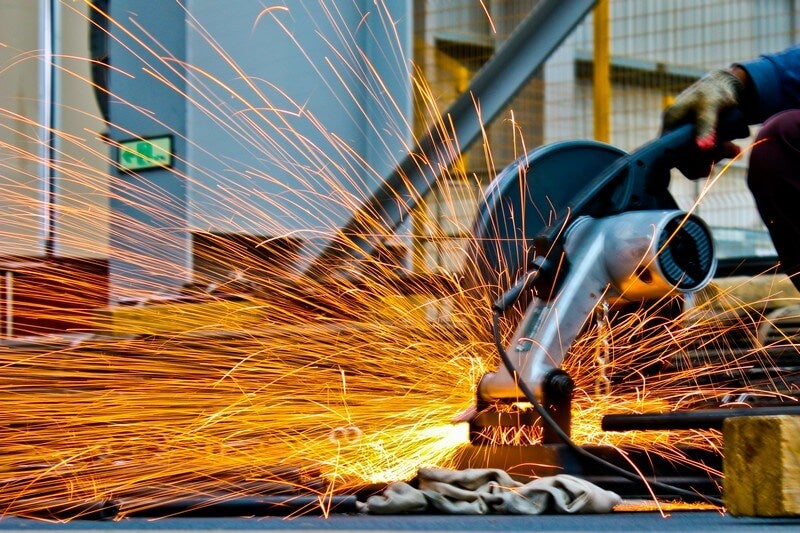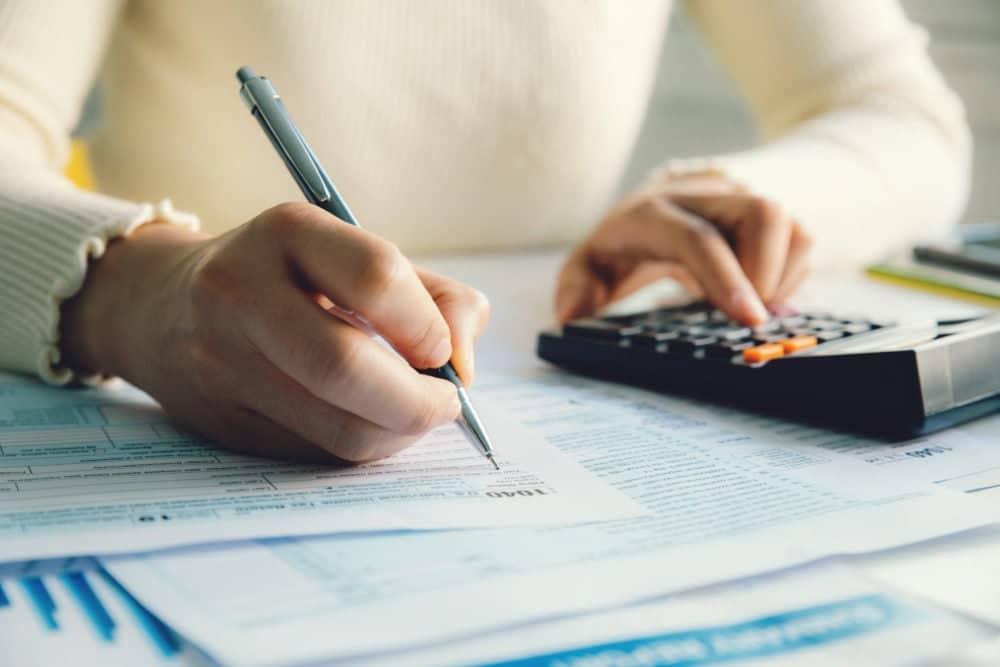Table of contents
All types of businesses need some sort of equipment to sustain day-to-day operations, from computers and telecommunications systems for offices to inventory management tools and PoS systems for restaurants.
However, purchasing equipment out of your own pocket can have a negative impact on your business’ ability to manage expenses and respond to new opportunities in a timely manner.
This is where equipment financing comes into play, allowing you to invest in your business without depleting your cash reserves - all while increasing productivity and improving cash flow.
In addition, there are some great tax benefits of purchasing equipment that you can tap into - in this article, we will discuss everything you need to know about them.
What Are the Tax Benefits of Purchasing Equipment?
1. Immediate Write-Off
One of the main tax benefits of purchasing equipment is the possibility to immediately write off your purchase as a business expense according to the Section 179 deduction under the US tax code.
This section states:
- Treatment as expenses
A taxpayer may elect to treat the cost of any Section 179 property as an expense that is not chargeable to the capital account. Any cost so treated shall be allowed as a deduction for the taxable year in which the Section 179 property is placed in service.
- Dollar limitation
The aggregate cost which may be taken into account under subsection (a) for any taxable year shall not exceed $1,000,000.
In other words, you can deduct the full purchase price of qualifying equipment during the tax year in which it was purchased and put into service rather than depreciating the cost over several years.
You should keep in mind that the deduction for Section 179 changes yearly - we recommend checking with a tax specialist before applying for it.
Scenario
You are a farmer who wants to purchase a new tractor for the cost of $300,000, which will help you boost your efficiency and improve productivity. The tractor qualifies as a business equipment under Section 179.
Instead of depreciating this tractor over its expected useful life (say 15 years), you can elect to use Section 179 to deduct the entire $300,000 in 2024. Assuming a tax rate of 25%, the immediate deduction could save you $75,000 in taxes for the year ($300,000 deduction × 25% tax rate).
This is one of the most important tax benefits of purchasing equipment and one you should take advantage of through equipment financing.
2. Improved Cash Flow
Among the main tax benefits of purchasing equipment is improved cash flow. As we mentioned earlier, if you make a significant equipment purchase and decide to use the Section 179 deduction, you can deduct the full purchase price from your gross income.
This directly increases the amount of income that’s subject to taxation. In addition, by deducting the entire cost of the equipment in the year when it was purchased, you will see an immediate reduction in tax liability - aka less cash is needed to cover taxes.
Improving cash flow is particularly important for small to mid-sized businesses of all industries, whether we are talking about agriculture, medical practices, dentistry or hospitality.
It gives more financial flexibility to invest in other areas such as Marketing, R & D, or additional staffing, and it provides additional liquidity to handle emergencies or capitalize on unexpected opportunities.
3. Bonus Depreciation
When talking about the main tax benefits of purchasing equipment, another one that we can’t forget to mention is bonus depreciation. It allows you to immediately deduct a large percentage of the purchase price of eligible assets rather than write them off over the useful life of the asset.
As opposed to Section 179, which has a cap on the total amount deductible and is limited to business income, bonus depreciation can be applied without such limits. In fact, it can generate a net operating loss, which can be carried forward to future years.
Some key features of bonus depreciation include:
- Eligibility - This tax benefit of purchasing equipment applies to new assets with a recovery period of 20 years or less. Some examples include software, machinery, office equipment and more.
- Percentage Deducted - Initially, it allowed businesses to deduct an additional 50% of the eligible asset cost, but it was temporarily increased to 100% for assets placed in service after September 27, 2017, and before January 1, 2023.
- Phase-out Schedule - This tax benefit of purchasing equipment has an expiry date, so we recommend taking advantage of it while you still can. It started phasing out in 2023, decreasing by 20% each year until it expires in 2026 (unless extended).
Scenario
You are a manufacturing company that wants to purchase new equipment with the goal of increasing production capacity. In 2023, you buy a new automated assembly line system costing $600,000.
Under the current tax laws, you can use 100% bonus depreciation, effectively deducting the entire cost of the equipment ($600,000) from your taxable income in 2023.
For example, if you had a taxable income of $900,000 before the depreciation, it would be reduced to $300,000 ($900,000 - $600,000). Considering a corporate tax rate of 21%, you will save $126,00 in taxes in 2023 ($600,000 x 21%).
4. Regular Depreciation
When it comes to equipment financing and its tax benefits, one thing you’ll need to keep in mind is that not all equipment is fully depreciated under Section 179 or bonus depreciation. Some equipment will fall under the rules of regular depreciation.
Regular depreciation involves allocating the cost of an asset, minus its salvage value (the estimated resale value at the end of its useful life), evenly over the asset's expected useful life. This annual depreciation expense is deducted from a company’s earnings before taxes, reducing taxable income each year.
The IRS has set predetermined useful lives for a variety of assets, categorized broadly under the Modified Accelerated Cost Recovery System (MACRS). Some examples include:
| Asset | Useful Live |
|---|---|
| Computers and Peripheral Equipment | 5 years |
| Office Machinery | 5 years |
| Light General Purpose Trucks | 5 years |
| Heavy General Purpose Trucks | 6 years |
| Furniture and Fixtures | 7 years |
| Residential Rental Property | 27.5 years |
| Land Improvements | 15 years |
| Farm Machinery and Equipment | 7 years |
The above-mentioned periods are designed to give an approximate estimation of the useful life of assets and provide a systematic approach to depreciating investments.
5. Deferred Taxes
Another key benefit of purchasing equipment is deferred taxes, which arise from temporary differences between the accounting for income taxes and the actual tax paid. When it comes to equipment financing, these differences mainly come from depreciation, as well as the timing of deductions.
Under MACRS or the Modified Accelerated Cost Recovery System, you can depreciate equipment over a predefined useful life, or you can take larger deductions early in the life of the asset through accelerated depreciation methods.
These larger upfront deductions can reduce taxable income significantly in the early years of an asset's life.
In addition, the interest paid on equipment loans is generally tax-deductible. This deduction further reduces the taxable income in the years that the interest payments are made, offering another layer of tax deferral.
Get Equipment Financing with National Business Capital
If you want to reap the tax benefits of purchasing equipment, you can apply for equipment financing with National Business Capital. With $2+ billion financed since 2007, multiple awards, and an experienced team of Business Finance Advisors, we have everything you need to find the best financing options for your project.
Are you ready to get started? Apply here.






